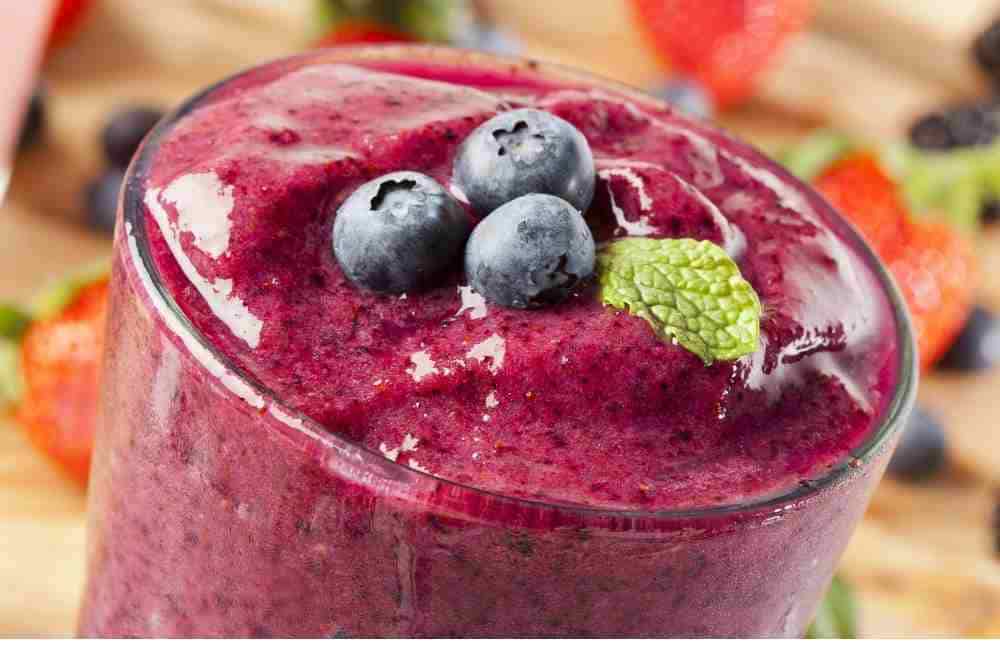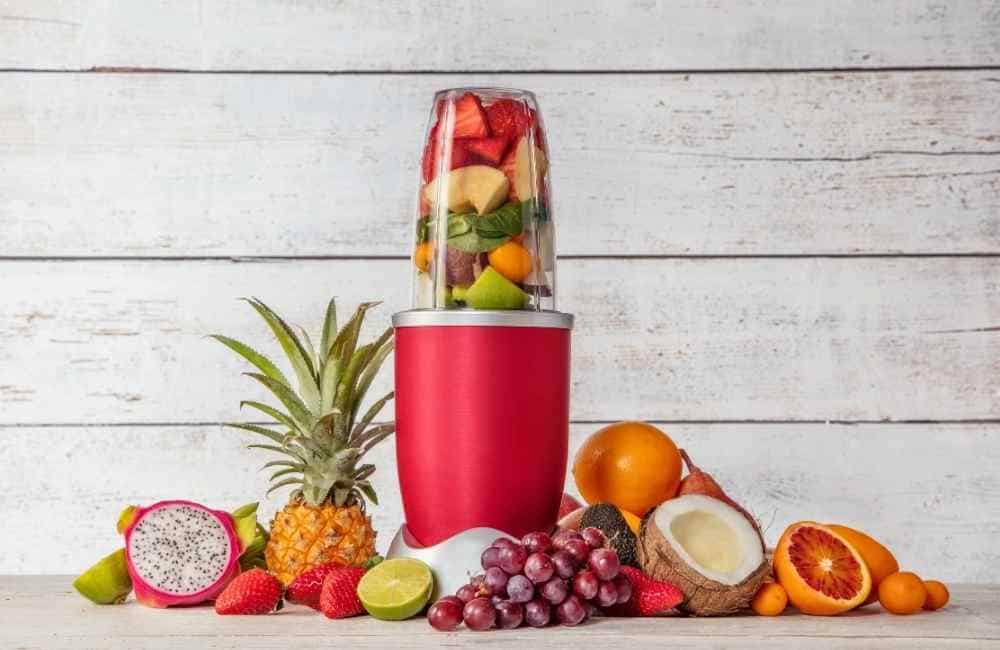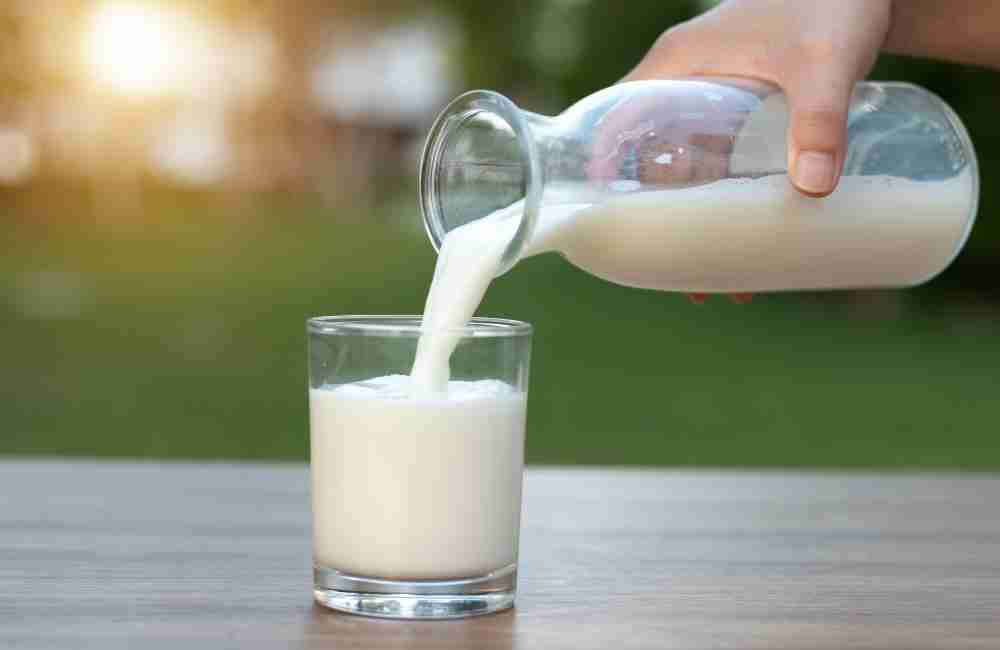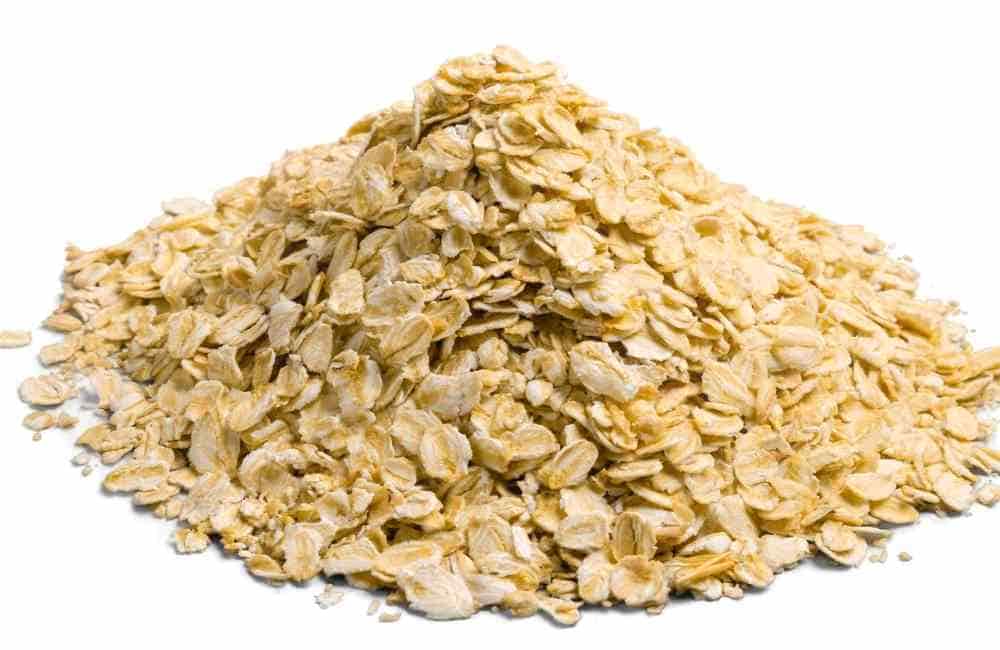Since becoming a vegetation a few years ago, smoothies have become my go-to meal for easy and nutritious breakfast and lunches. My current favorite is a blend of bananas, blueberries, coconut water, Greek yogurt, and flax seeds.
Even my meat-eating husband has fallen for how well smoothies fuel his fitness journey and how quick they are to make during his work-for-home day. He loves a combination of kale, apple, banana, almond milk, and a scoop of protein powder, but between the two of us, we have tried dozens of combinations. A few of those experiments have turned out very, very badly.
My worst smoothie creations have been so chunky that they clogged my straw and left me wondering, “why is my smoothie so chunky?” Smoothies should be smooth… it’s right there in the name. These are the most common answers to the question, “why is my smoothie so thick?
Why is my smoothie too thick? Blending issues
Creating a creamy smoothie comes down to two factors, your blender, and your ingredients. Let’s start by investigating what’s going on with your blender.
Your blender isn’t up to the task
Immersion blenders and personal blenders that make smoothies directly in a cup are popular among novice smoothie makers. While these types of blenders have some advantages, the best bet for chunk-free smoothies is a full-sized countertop blender.
The price point also matters. A high-end blender, like a Vitamix or a BlendTec, has an ultra-powerful motor and is the easy path to quickly making a creamy smoothie.
But that does not mean you need to spend big bucks to get a smoothie that is free from chunks. However, if your blender has a less powerful motor, you may need to use some additional strategies to avoid lumps.
You aren’t blending long enough
Smoothies are a quick meal option, but they do take more blending time than you might think. One of the most common and easily solved reasons people end up with thick, chunky smoothies is because they rush the blending process. The exact time will depend on your machine and ingredients but expect to blend for three minutes in a typical machine or two minutes in a high-power blender.
You aren’t using the pulse button or scraping the sides
Some blenders have a button labeled “smoothie,” but blending a smoothie usually isn’t a set-it-and-forget-it situation. Rather than simply turning the blender on and letting it run, start with a few quick taps of the pulse button.
Using the pulse button encourages ingredients to mix together early in the process. Once the contents of your blender start to look like one cohesive mixture, abandon the pulse button, turn off the blender and remove the lid.
Use a silicone spatula to scrape the sides, put the top back on and let the machine run until your smoothie is a creamy consistency.
You aren’t layering your ingredients
Here’s a quick physics lesson. Blenders create a vortex that pulls ingredients downwards toward the blades. Many people mistakenly add solid ingredients first, assuming they will spend more time in contact with the blades.
These are the people most often left wondering, “why is my smoothie chunky?” Smoothies require liquids to create the vortex and integrate solids. For a smooth smoothie, layer your creation in this order:
- Liquids
- Powders and other dry ingredients
- Leafy greens
- Nut butters and yogurts
- Fresh fruits and vegetables
- Ice and frozen fruit
You are overloading your blender
Remember the vortex we spoke about earlier? Well, your blender needs empty space inside to create that swirling action. If you overstuff your blender, it won’t have room to work.
Most blenders have a max-fill line, but you should aim well under that area for maximum smoothness. Try to leave three inches of space from the top of the canister. If you need to make multiple smoothies or use more ingredients, blend in batches and mix them afterward.
Why is my smoothie so thick? Ingredient concerns
You aren’t using enough liquid
The easiest way to make smoothies that are thinner and creamier is to ensure you have enough liquid. A smoothie that is light on fluids will stay thick and chunky, no matter how much you blend it.
A general guideline to follow is to use one cup of liquid for two cups of fruits and vegetables.
You can take the amount of liquid down slightly if you are using ice but will need to increase it if you use thickeners such as nut butter, yogurt, or seeds.
You aren’t pre-mixing powered ingredients
Protein and collagen powders are easy ways to boost the nutritional value of smoothies and to add flavor. But, they can make it tricker to achieve the right consistency.
Rather than merely scooping powders into the blender, read the packaging to ensure you are using the correct amount. Then, pre-mix the powder into your liquids before adding the other ingredients.
You are using too much ice
If you love a cold smoothie as much as I do, adding ice can be tempting. But, using ice in a smoothie is tricky business. In the short-term, you can end up with a smoothie that has a chunky slushie-like consistency.
But, if you don’t drink your smoothie immediately, it can end up watery as the ice melts completely. If you use ice, stick to two or three cubes. Better yet, swap the ice for frozen fruit.
You are using coarse greens or fibrous ingredients
An advantage of making smoothies over juicing is that smoothies retain the fiber that juicing takes out. Bodies need fiber for good gut health, but overdoing it on the fiber can lead to chunky, thick smoothies.
Common culprits are high-fiber fruits and vegetables like celery, raspberries, carrots, and guava. Another source of fiber is the stalks of leafy greens such as kale.
To achieve the best consistency, balance high-fiber fruits and vegetables with smoother ingredients, opt for soft greens such as spinach, and remove leafy greens from their stalks.
If you are still finding the high-fiber ingredients are leading to stringy or chunky smoothies, increase the blending time.
You are using flax seeds or oats
Tossing a tablespoon of flax seeds into my smoothie is my favorite way to add extra fiber and protein. But, seeds and oats soak up large amounts of water and lead to a very thick smoothie. Never add more than one total tablespoon of seeds and oats, and increase the amount of water slightly.
Why does my smoothie curdle? More ingredient issues
Curdling is a separation of liquids from solids. A smoothie with curdling is different from a thick smoothie because curdling will cause chunks to float within a thin fluid.
The idea of curdling can be stomach-turning because we usually associate it with soured milk. But, a curdled smoothie hasn’t typically gone bad. It just has a combination of ingredients that are causing the issue.
You are mixing acid and milk
The combination of milk and lemon in a smoothie can create an interesting zippiness in the flavor. This slight tang is similar to buttermilk and is the result of the same interaction.
When milk and acids meet, curdling occurs. Curdling happens with all milk types, but almond and other nut milks are especially prone to the phenomenon. To avoid curdling, stick to recipes that use either milk or citrus, but not both. You can also use lemon zest instead of lemon juice in smoothie recipes that involve milk.
You are pre-making blueberry smoothies
Blueberries are a tasty ingredient, but you will need to either enjoy blueberry-based smoothies right away or give them a vigorous shake just before drinking.
Blueberries contain high levels of the carbohydrate pectin, which is used to give jams and jellies their gel-like consistency. If smoothies with pectin are allowed to sit, the pectin will start to turn to gel, giving your smoothie a curdled texture.



